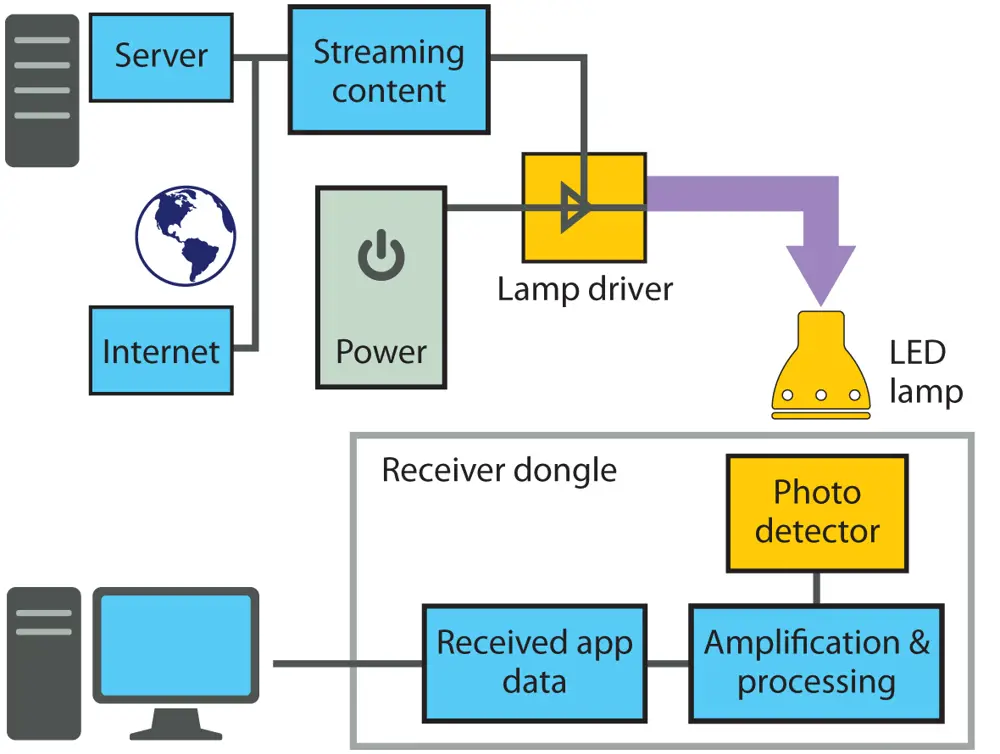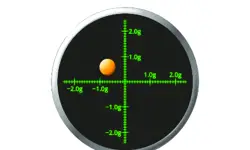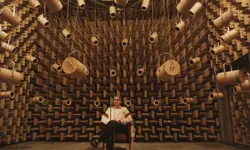
Li-Fi
Light fidelity, or ‘Li-Fi’ as coined by inventor Professor Harald Haas, is a wireless communications technology that transmits high-speed data via common household light emitting diodes (LEDs).
As LEDs are semi-conductor light sources, the current of electricity can be brightened and dimmed at ultra-high speeds. Therefore they can be switched on and off faster than the naked eye can detect, making the light source appear to be on continuously. While to us these changes in amplitude go unnoticed, they can in fact enable the transmission of data at rapid speeds.

Data is streamed via an LED lamp with signal-processing technology
Data is fed into an LED lightbulb embedded with a microchip with signal processing technology. When the data is streamed, the changes in amplitude causing the LED to turn on and off allow the data to be transmitted in binary code. A photodiode detects the light stream and transforms the amplitude fluctuations into an electric current.
The electrical signals are then converted back into a data stream and transmitted to a computer or mobile device, where a binary data stream runs web, video and audio applications.
Li-Fi has almost no limitations on capacity as the visible light spectrum is 10,000 times larger than the entire radio frequency spectrum used by Wi-Fi. Li-Fi is also less susceptible to interference, as visible light cannot pass through walls.
***
This article has been adapted from "How does that work? Li-Fi", which originally appeared in the print edition of Ingenia 67 (June 2016).
Keep up-to-date with Ingenia for free
SubscribeRelated content
Electricals & electronics

Accelerometers
Used in earthquake measurements, laptops, planes and even in stargazing apps, today’s accelerometers are much smaller than when they were first developed in 1927. Find out how they detect movement and vibration.

How to maximise loudspeaker quality
Ingenia asked Dr Jack Oclee-Brown, Head of Acoustics at KEF Audio, to outline the considerations that audio engineers need to make when developing high-quality speakers.

Cable fault locator
The winner of the Institute of Engineering and Technology’s 2014 Innovation Award was EA Technology’s CableSnifferTM, which uses a probe and chemical sensing technology to identify faults, saving energy companies millions of pounds each year.

High speed evolution
In December 2010, Eurostar International Ltd awarded a contract for 10 new high speed trains to Siemens. The company has used a system developed over decades to maximise the performance and passenger-carrying ability of its 320km/h trains.
Other content from Ingenia
Quick read

- Environment & sustainability
- Opinion
A young engineer’s perspective on the good, the bad and the ugly of COP27

- Environment & sustainability
- Issue 95
How do we pay for net zero technologies?
Quick read

- Transport
- Mechanical
- How I got here
Electrifying trains and STEMAZING outreach

- Civil & structural
- Environment & sustainability
- Issue 95